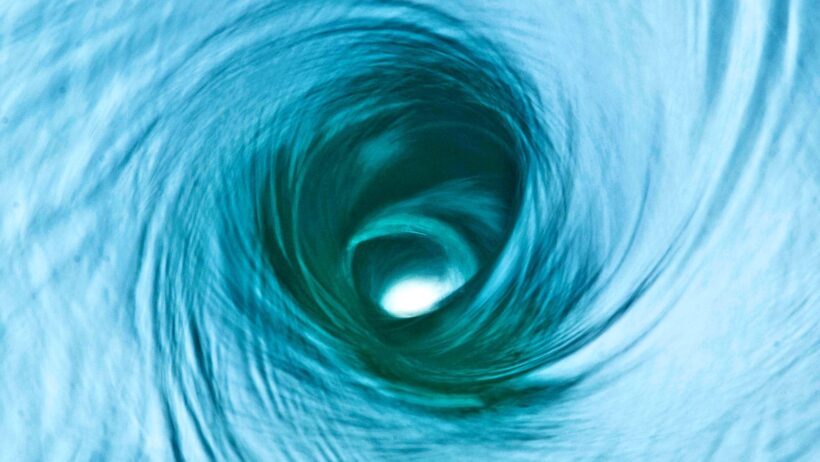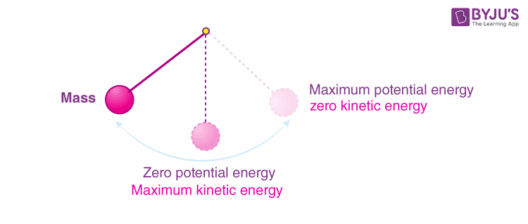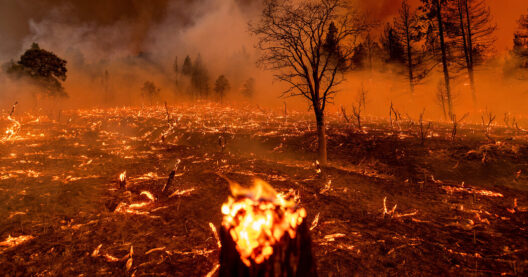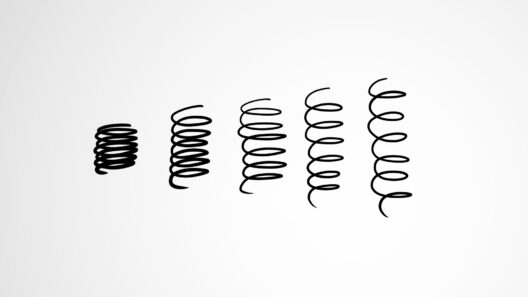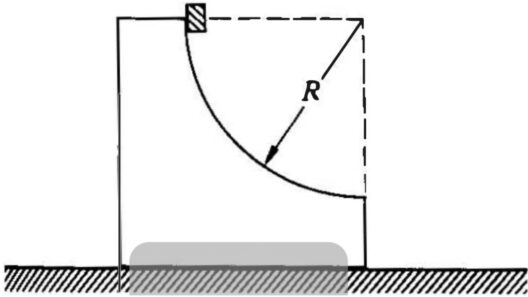Understanding how energy behaves within a fluid system is essential for numerous scientific and engineering applications. But how can you determine if the energy within that fluid is conserved? This is not merely a rhetorical question; it invites curiosity and challenges the inquisitive to delve into the intricate dance of energy transformations. Let’s explore the key signs and tests you can utilize to assess energy conservation in fluids.
At the heart of fluid dynamics lies the principle of conservation of energy. In an ideal, closed system—where no energy is lost to the environment—the total mechanical energy remains constant. This principle manifests through kinetic and potential energy interchanges. So, what are the indicators that energy is conserved? This exploration begins with understanding the nature of the fluid flow.
1. Nature of Fluid Flow
First, consider whether the fluid is laminar or turbulent. Laminar flow is characterized by smooth, parallel layers of fluid, whereas turbulent flow involves chaotic changes in pressure and velocity. In laminar flow, energy tends to be better conserved due to lower viscous dissipation. To identify the flow type, examine the Reynolds number, which quantifies the flow regime in a given scenario. Low Reynolds numbers signify laminar flow, suggesting a greater likelihood of energy conservation.
2. Pressure Measurements
Next, analyze the pressure conditions within the fluid. If the flow is governed by Bernoulli’s principle, energy conservation implies that the sum of pressure energy, kinetic energy, and potential energy remains constant. To test this hypothesis, take multiple pressure measurements at different points along the flow path. If the calculated energy remains steady, it indicates that energy is likely conserved. A noticeable drop in pressure, on the other hand, may indicate energy loss, possibly due to friction or turbulence.
3. Velocity Profiles
Another vital aspect involves assessing the velocity profile of the fluid. Inspecting the velocity distribution at various points can yield critical insights. In a steady-state flow, the velocity should remain relatively uniform. In contrast, fluctuations or irregularities may hint at energy dissipation mechanisms. By utilizing tools such as pitot tubes or flow meters, one can obtain the velocity profiles necessary for analysis. A uniform velocity profile suggests conservation; significant variances may signal an energy loss.
4. Density Considerations
Density plays a pivotal role in energy dynamics. The mass density of the fluid affects how kinetic and potential energy are interchanged. By using a hydrometer or similar device, you can measure the fluid’s density. If the fluid is incompressible and maintains a consistent density throughout, then energy conservation is likely upheld. Conversely, varying densities may lead to energy dissipation as the fluid interacts with its environment.
5. Temperature Measurements
Temperature can serve as an implicit indicator of energy conservation in fluids. Through heating, energy adds kinetic energy to the fluid particles, elevating their temperature. If noticeable temperature increases occur without commensurate velocity increases, energy may be dissipated as thermal energy rather than being conserved as mechanical energy. Using thermocouples or infrared sensors, you can effectively track temperature changes to correlate with energy conservation status.
6. Work Done on the Fluid
A significant aspect of energy conservation arises from external work done on the fluid. If apparatus or mechanisms apply work on the fluid, such as pumps or turbines, one must account for this input in their analysis. The net work done shouldn’t exceed the total energy output; an imbalance indicates energy losses. Conducting a work-energy analysis in conjunction with pressure and velocity readings can provide a comprehensive picture of energy dynamics.
7. Stream Function and Vorticity
The concepts of stream function and vorticity are critical in complex fluid flows. For incompressible, irrotational flows, energy conservation holds as long as no external forces act on the fluid. By analyzing changes in vorticity and streamlines, one can deduce if energy conservation principles apply. If the flow maintains continuity without interruptions or contradictions in stream function, energy conservation is likely upheld.
8. Performing Computational Experiments
In the modern age, simulation using computational fluid dynamics (CFD) can facilitate an intricate analysis of energy conservation. These simulations afford the ability to visualize and quantify energy transformations under varying conditions. Conducting experiments and comparing the theoretical predictions with empirical data can yield vital insights. Such advanced approaches offer a multifaceted understanding of fluid behaviors in relation to energy conservation.
Concluding Insights
Ultimately, determining if energy in a fluid is conserved is a complex endeavor reliant on several empirical and theoretical assessments. Through evaluating fluid flow characteristics, pressure gradients, velocity distributions, density variations, temperature fluctuations, and external work, one can attain a clearer understanding of energy dynamics. By employing various analyses, you can elegantly pose the initial question and rise to the challenge of identifying signs indicative of energy preservation within fluid systems. With greater knowledge in this field, we foster better practices in engineering, environmental stewardship, and energy management—steps crucial for mitigating climate change and securing a sustainable future.



